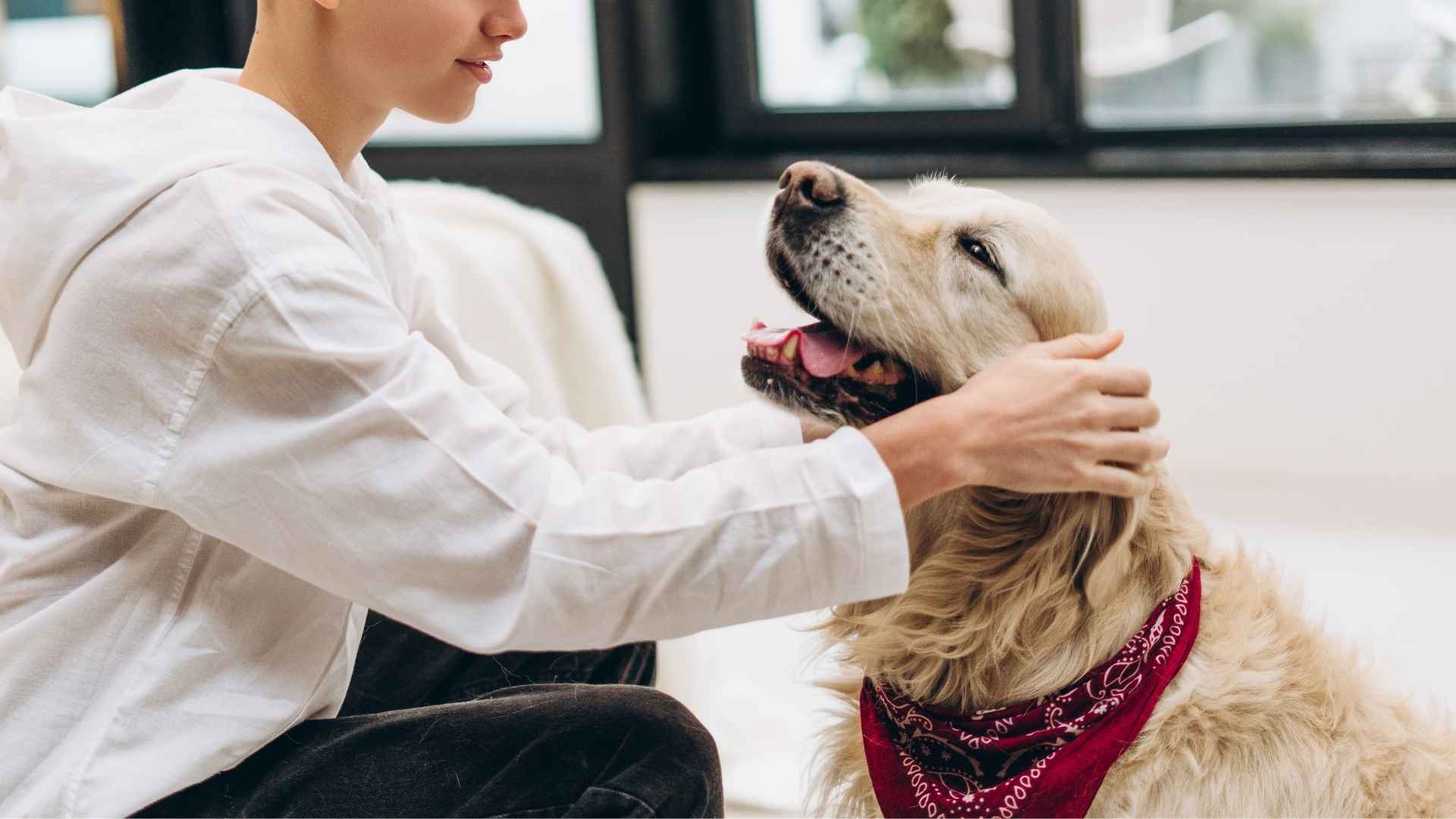Data shows that anxiety and depression are on the rise in the U.S., especially among young adults. According to the research, animal-assisted therapy can help reduce pain, anxiety, depression, and fatigue in people with various health conditions. And dogs are the most common and trusted choice for this healing work. But not every dog is cut out for the job.
Some breeds are naturally patient, calm, and intuitive—perfect for comforting others without needing constant direction. They don’t startle easily. They know when to approach and when to simply sit and stay.
This gentle understanding makes a world of difference, especially in hospitals, schools, and senior centers. Whether someone is healing from surgery or facing a stressful challenge, the right dog can bring peace in ways words can’t.
This article highlights dog breeds that are exceptionally suited for therapy work—those that carry not just warmth in their paws, but purpose in their presence.
Dog Breeds For Therapy Work
1. Pug

Pugs have stable temperaments that rarely fluctuate, even in unfamiliar or overstimulating environments. Their ability to stay emotionally neutral helps balance settings where people are anxious or recovering. This calm consistency is central to therapy interactions that require presence over performance.
Familiar With Human Routine
Their breed history shows generations of adapting closely to indoor living, where human habits become their rhythm. They adjust easily to hospital pacing or long care home visits without stress. It’s a trait that supports both patient comfort and predictable behavior.
Affection Without Demand
Pugs tend to lean into affection without needing it returned immediately, which eases interaction for those with emotional fatigue. They sit close but don’t pressure with eye contact or noise. That gentle patience makes them great therapy dogs for settings involving long silences.
Strong Compatibility With Others
They coexist smoothly with both people and other dogs, reducing friction in group therapy spaces, as mentioned in PDSA. Their quiet demeanor lowers the chance of overstimulation, especially when multiple animals are present. With proper training, they maintain this balance across varied therapy contexts.
2. Golden retriever

Golden Retrievers have been studied for their ability to mirror emotional states through body language and tone detection. They pick up on vocal fluctuations, adjusting their behavior almost immediately in response. This intuitive responsiveness enhances their work with patients dealing with trauma or isolation.
Natural Comfort With Repetitive Environments
They’re comfortable with routines involving elevators, waiting rooms, and recurring hospital visits. Their low-reactivity levels help maintain a steady presence even when surroundings feel clinical or tense. It’s this patience that anchors many long-term therapy sessions.
Breed History With Task Reliability
Golden Retrievers were originally bred in Scotland for retrieving game from water and land without damage, as per PDSA. That control in the mouth and muscle tone translates to gentle movements in therapy settings. Their natural softness around people is not trained—it’s inherited.

Fits Into Group Settings Smoothly
Their calm nature supports integration into multi-animal therapy programs or family dog environments without friction. That temperament also makes them among the most recommended emotional support dogs globally. Many listings of the best dog breeds for therapy include them in the top three due to their balance of intelligence and calmness.
3. Poodle
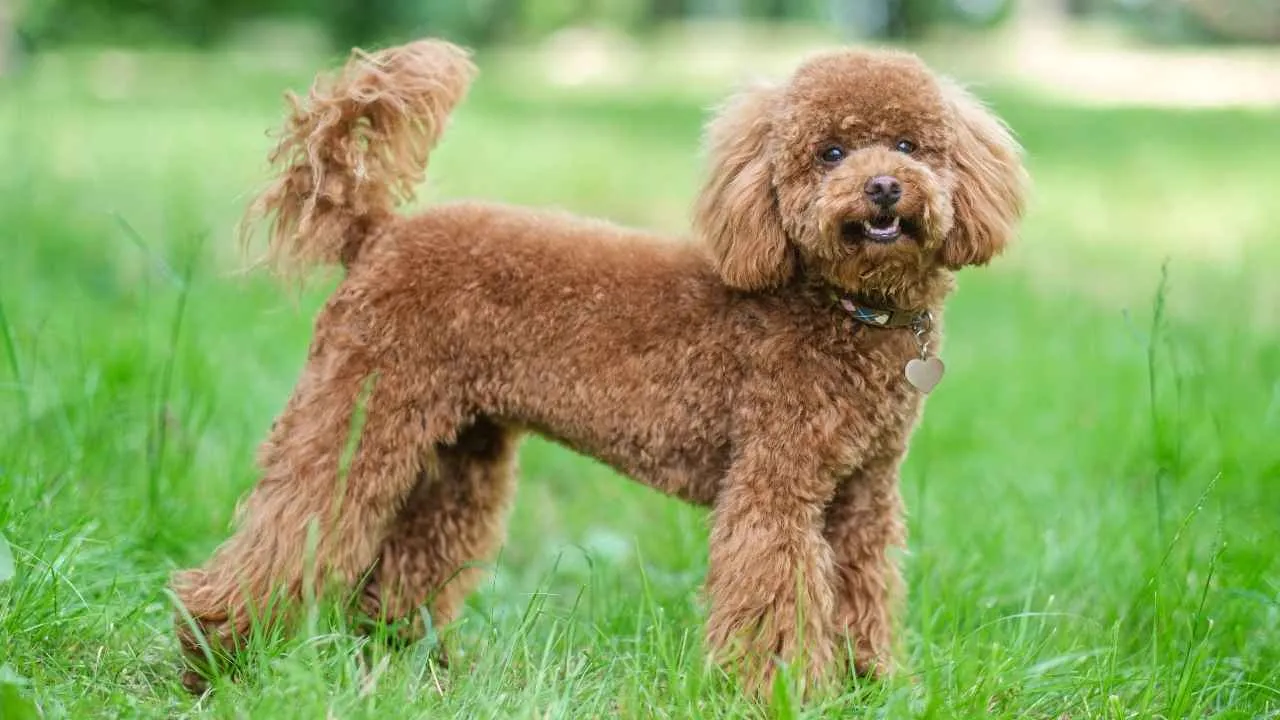
Poodles consistently respond to emotional tone shifts, showing noticeable attention to micro-changes in voice or body language. This level of emotional tracking supports real-time response in therapy settings. It’s especially helpful when working with individuals who may struggle to express needs directly.
Low-Allergen Coat Advantage
One reason Poodles are in demand is their coat, which sheds very little and produces fewer allergens. This trait expands their therapy access to hospitals and schools with health restrictions. It also helps minimize distractions for individuals sensitive to fur or dander.
Versatility in Size and Temperament
Available in toy, miniature, and standard sizes, they suit varied environments—from private therapy to larger group sessions. Among small dogs, Miniature Poodles are often chosen for their balance of attentiveness and manageable energy. This adaptability reduces the need for heavy customization in therapy routines.
Strong Human Bonding
Poodles are regularly ranked among the most popular therapy dog breeds for their loyalty and task learning. They form precise bonds with handlers, especially experienced dog owners, guiding structured therapy roles. Their trainability ensures smooth integration into programs with repetitive, intentional routines.
4. Labrador Retriever

Labs consistently score high in temperament evaluations, especially in unpredictable care settings. Their steadiness allows handlers to rely on them during emotionally charged moments. That trait supports individuals with trauma or neurological conditions requiring controlled environments.
Responsive to Nonverbal Communication
Labradors often respond to gestures, facial expressions, and even subtle body shifts. This makes them especially effective in therapy with nonverbal children or individuals recovering from injury. They’re tuned into people in a way that doesn’t need explicit direction.
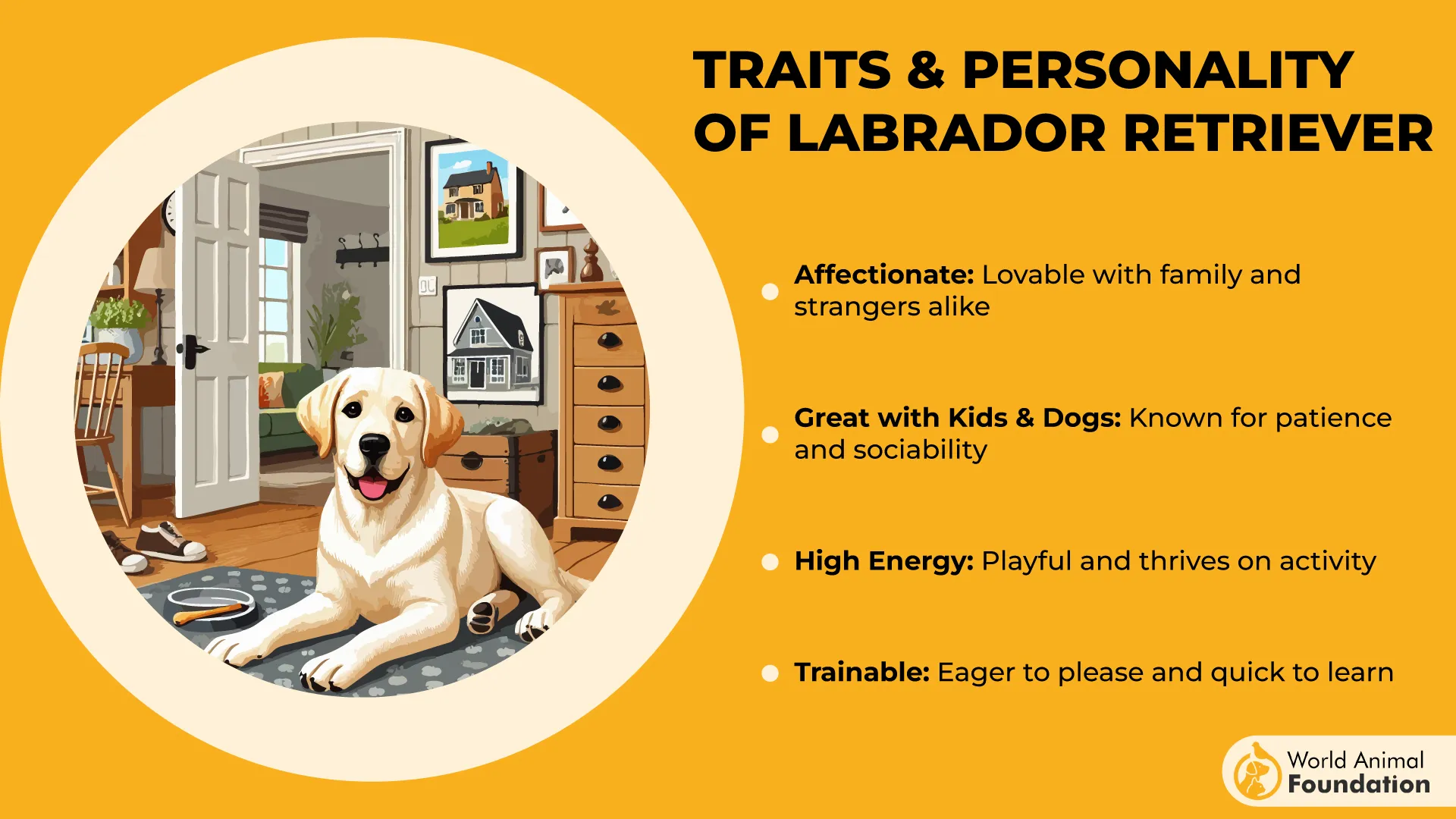
High Success Rate in Certification
Their cooperation levels are among the highest across breeds undergoing therapy dog certification. They adapt to sensory stimulation, wheelchairs, and hospital noises without panic. It’s one reason they’re commonly selected as service dogs, too.
Natural Fit for Mental Health Support
Labs are considered potential therapy dogs early on due to their emotional sensitivity. In clinical programs, they’ve been used to assist individuals dealing with grief, PTSD, or chronic mental health challenges. Their comfort-driven interaction model encourages safe emotional expression.
5. Newfoundland
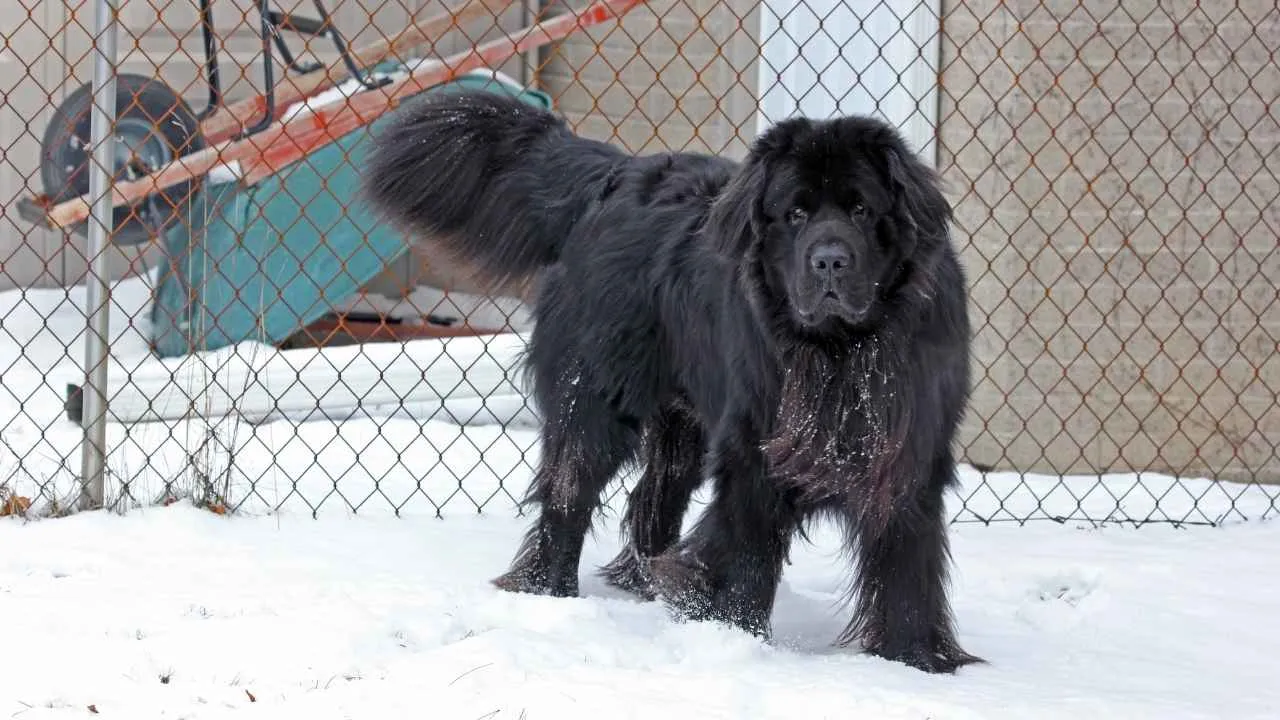
Newfoundlands are widely recognized for their gentle temperament, especially around people recovering from physical or emotional challenges. Their large, steady body language has a grounding effect in emotionally charged rooms. Just their presence can help slow down overactive environments.
Sensory Calm in Close Contact
They tolerate physical touch extremely well, which supports tactile interaction during emotional distress. From leaning in during therapy sessions to calmly allowing hugs, they reduce physical anxiety. This makes them effective in any therapy setting that requires calm contact.
Emotional Synchrony With People
They’ve shown responsiveness to human emotions, often adjusting posture or movement based on energy in the room. Their stillness during moments of sadness or quiet attention when someone speaks slowly is observed across multiple clinical settings. It’s why they’re among the best therapy companions in pediatric and geriatric spaces.
A Famous Water Rescue Background
They’re historically known for life-saving instincts, especially in water, as mentioned in the AKC. This legacy contributes to their natural alertness without tension. When matched with training, that composure supports the reading of human emotions in unpredictable therapy environments.
6. Cavalier King Charles Spaniel
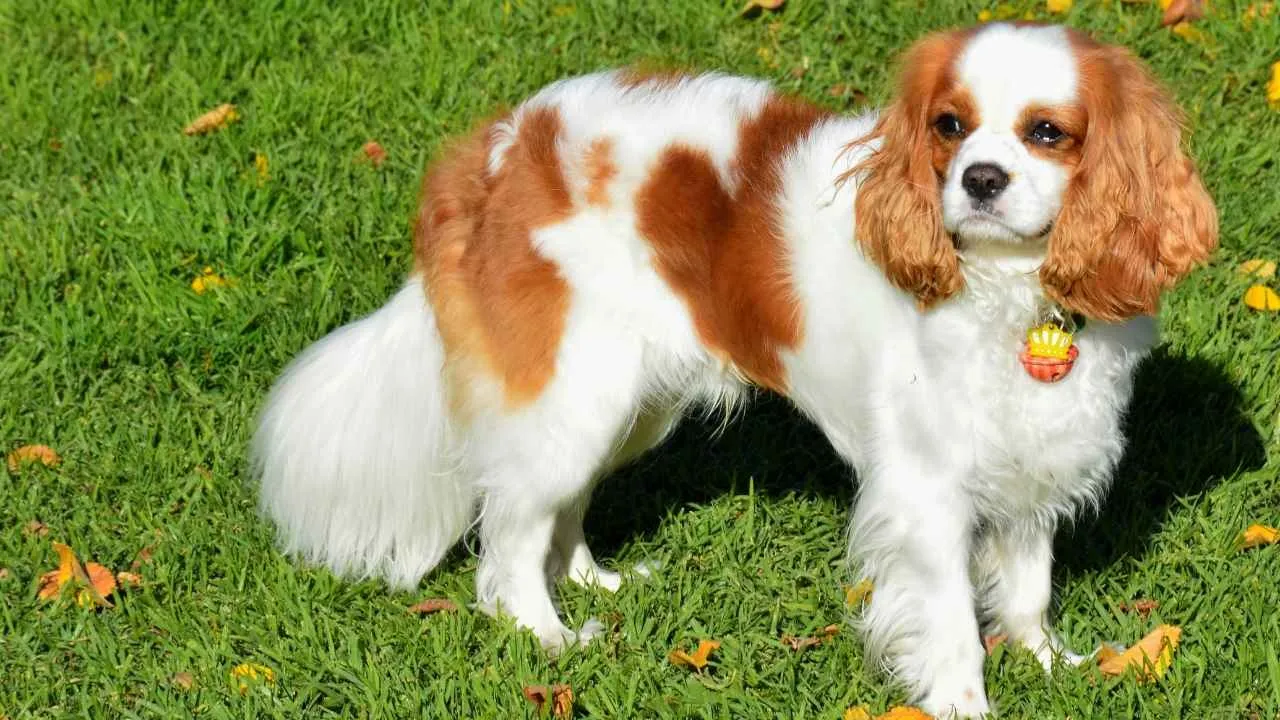
Cavaliers are especially perceptive to voice changes and facial cues, often adjusting their behavior within seconds. This makes them highly responsive during therapy, where sensitivity is often more effective than commands. They tend to mirror emotional energy without becoming reactive themselves.
Known for Still Comfort
Rather than seeking attention constantly, they often remain still beside patients for extended periods. This is especially helpful during therapy for grief or trauma, where presence is more powerful than movement. Their light frame allows them to sit on laps without physical discomfort.
Historically Bred for Companionship
This breed’s lineage traces directly to European royal courts, where they were bred to rest beside their owners for hours. That intentional breeding for companionship translates today into quiet loyalty in care settings. Many hospitals and clinics refer to them as the best therapy dogs for bedside presence.
Safe Around Vulnerable Individuals
Their gentle jaw and moderate body weight reduce the risk of accidental harm, especially around children or elderly patients. They’re also easy to introduce into homes with emotional support animals due to their low-aggression profile. Familiar environments help them settle almost immediately.
7. Bichon Frise

The Bichon Frise carries a consistently cheerful demeanor backed by genetic stability across generations. Its upbeat body language and expressive eyes often spark engagement in low-response individuals. Their bright energy can subtly lift moods without overstimulation.
Hypoallergenic and Touch-Friendly
Their plush coat rarely sheds and is low in dander, which makes physical contact more accessible in clinical settings. That tactile softness helps build connection, especially for patients undergoing tactile desensitization. It’s one of the reasons they’re often listed among specific breeds used in therapy programs.
Supportive of Emotional Stagnation
They’re attentive but unintrusive, which suits individuals working through emotional withdrawal or burnout. Bichons instinctively remain nearby without crowding, offering presence over interaction. That balance helps them provide support during therapy without overwhelming patients.
Responsive to Cognitive Shifts
Because they attune closely to tone and micro-expressions, they react quickly to subtle changes during sessions. This is especially helpful when working with patients managing mental disabilities, where minor shifts can signal emotional states. Their gentle alertness allows them to provide support in both passive and active moments.
Conclusion
Not all dogs are cut out for therapy work, but the breeds listed above consistently show the right mix of calm, patience, and connection. From smaller companions to larger dogs, each brings something unique to those in need.
While some require special training, many owners find the process rewarding because of the lives these dogs touch. Whether sitting quietly beside a child or visiting people in hospitals, these highly trained dogs bring smiles without saying a word.
With their friendly disposition and ability to read a room, they represent some of the best breeds for emotional support and service work. Choosing the right individual dog makes all the difference when building trust and comfort in therapy settings.


